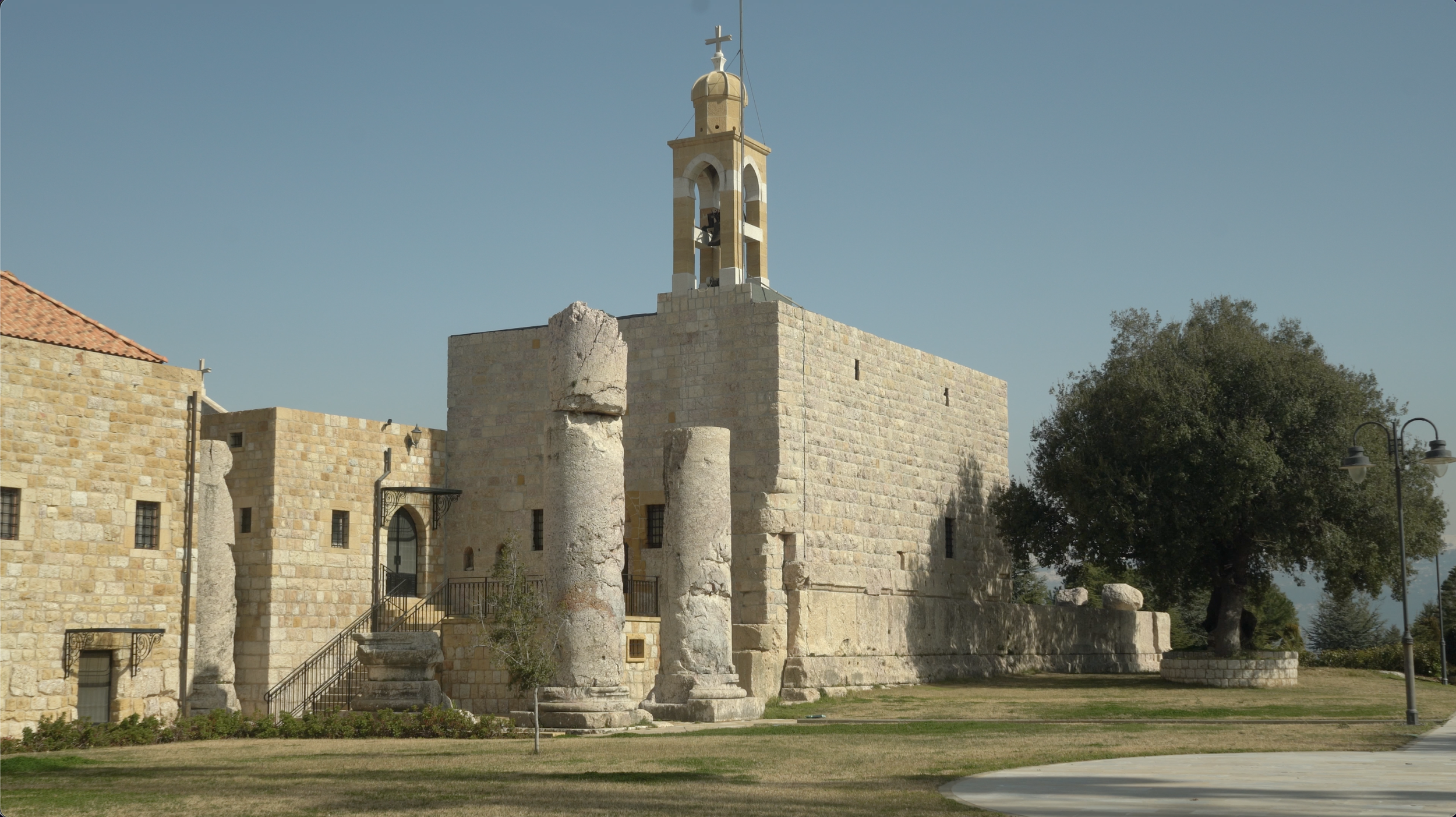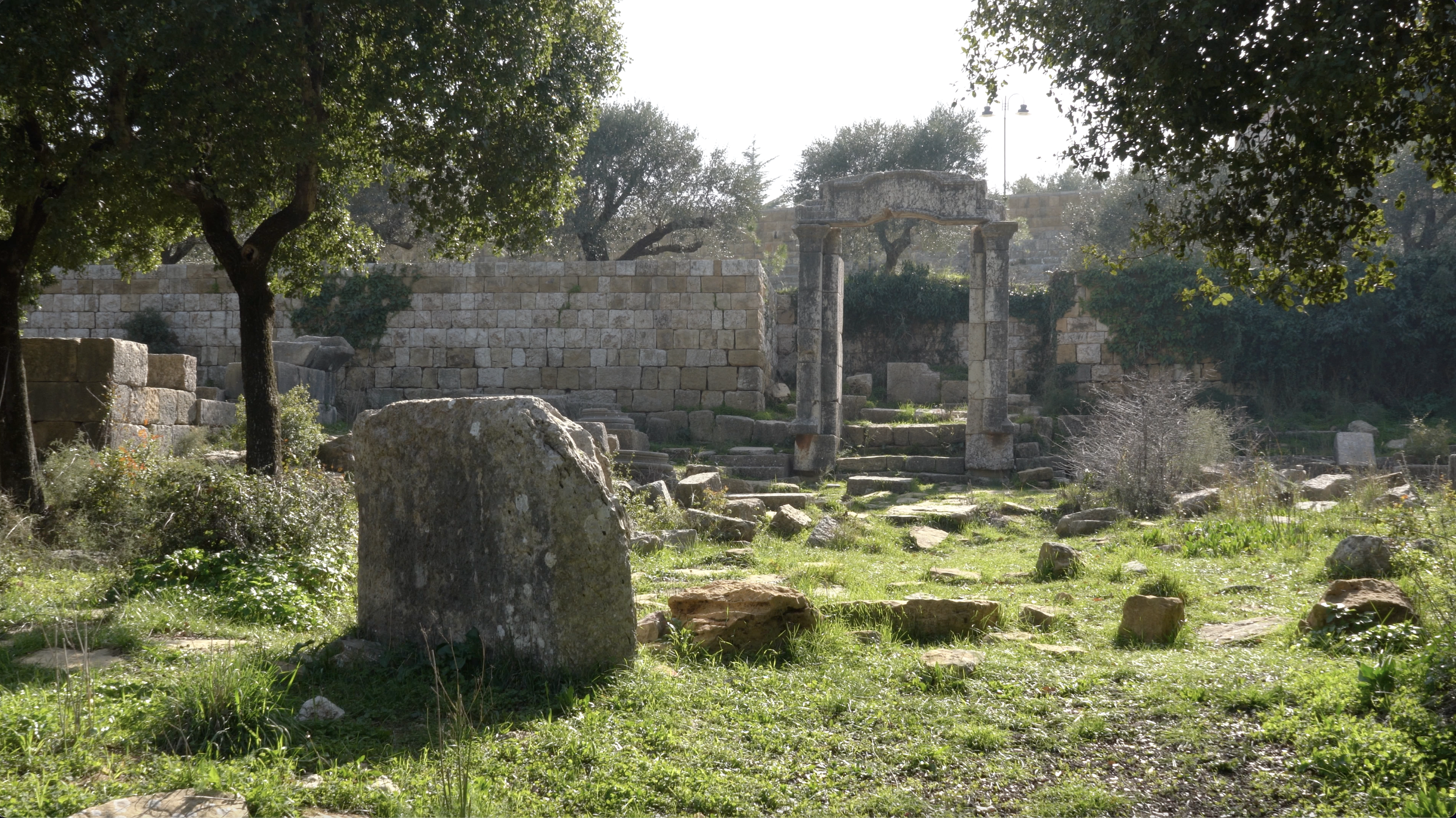
Saint John Monastery, Deir al-Qalaa in Beit Mery
(Père Antonin’s Congregation)
Background
On the afternoon of Sunday 14 October 1990, two priests, Father Albert Cherfane, President of the Saint John Monastery (born in 1935), and his aid, Father Sleiman Abi Khalil (born in 1936), went missing almost 24 hours after the ceasefire or the end of the fighting between the Lebanese army under the command of General Aoun and the Syrian troops backed by their Lebanese allies that took place on 13 October. The monastery’s cook, Victoria Daccache, also disappeared. Fifteen (one source mentions 35) soldiers and officers based in the area disappeared as well. Despite the institution’s efforts with the Lebanese authorities and political parties as well the Syrian regime and its allies in Lebanon (NSSP Assaad Hardane), their fate is still unknown.
In an article published in October 2015 to commemorate 25 years since the disappearance of the priest, Father Antoun Rajeh, Secretary general of the Antonins, wrote (citing Father Tannouri’s sermon in 2005) that there are different narratives concerning their disappearance:
High-ranking officers of the Syrian army said that the priests were killed by a missile after the entry of the Syrian army into the Monastery while they were trying to leave the convent. They should be considered as dead as many others between 13 and 14 October 1990. The Antonins have rejected this version as witnesses they trust saw the priests in company of Syrian officers during 13 and 14 October (the convent was occupied by the Syrians).
Lebanese officials said that the priests were killed in Deir al-Qalaa with the army officers and their bodies were buried close to the Ministry of Defence (others said they were buried in Monteverde area). “We asked the state to prove it by making medical forensic analyses but nothing was done”.
Some information states that the priests are in Syrian prisons (Haska prison, Tadmor prison, Section Palestine, etc.). The Congregation have asked multiple times and many families to confirm this truth and release all the forgotten Lebanese prisoners from Syrian prisons.
Others confirm that the priests were killed with Lebanese soldiers a few days after the occupation of the convent and their bodies were buried and disappeared. “We cannot be silent about this war crime”.
Questions for discussion:
1) Which explanation do you find the most convincing? Why?
2) What are the challenges of dealing with different and conflicting accounts of the past?
3) What memory work can and should be done in this instance?
Listen to these excerpts from interviews with the sisters of a soldier who went missing during the battle:
Activity:
You work for an international NGO and have been allocated a budget (as yet undefined) for memory work around unmarked burial sites from the Lebanese Civil War and in particular Beit Mery. What would you create for this site where no bodies have been discovered and where multiple versions of events exist? You are free to choose your mode (eg. play, installation, film, museum, memorial, public event, school initiative, app etc.).
- What is your activity and why have you chosen it?
- Who is your target audience and why?
- What are the three key points that you would like your audience to remember from the activity?
- Why is the mode that you have chosen the most effective for the memory work to be done at Beit Mery?
NB For groups, split students into small groups of 2-3 and ask them to prepare a short three minute presentation on their activity. Allocate around 10-15 mins to prepare their presentations. Ask them to present their activity to the other groups. Discuss which one they would like to work on as a whole group and develop the activity together.





